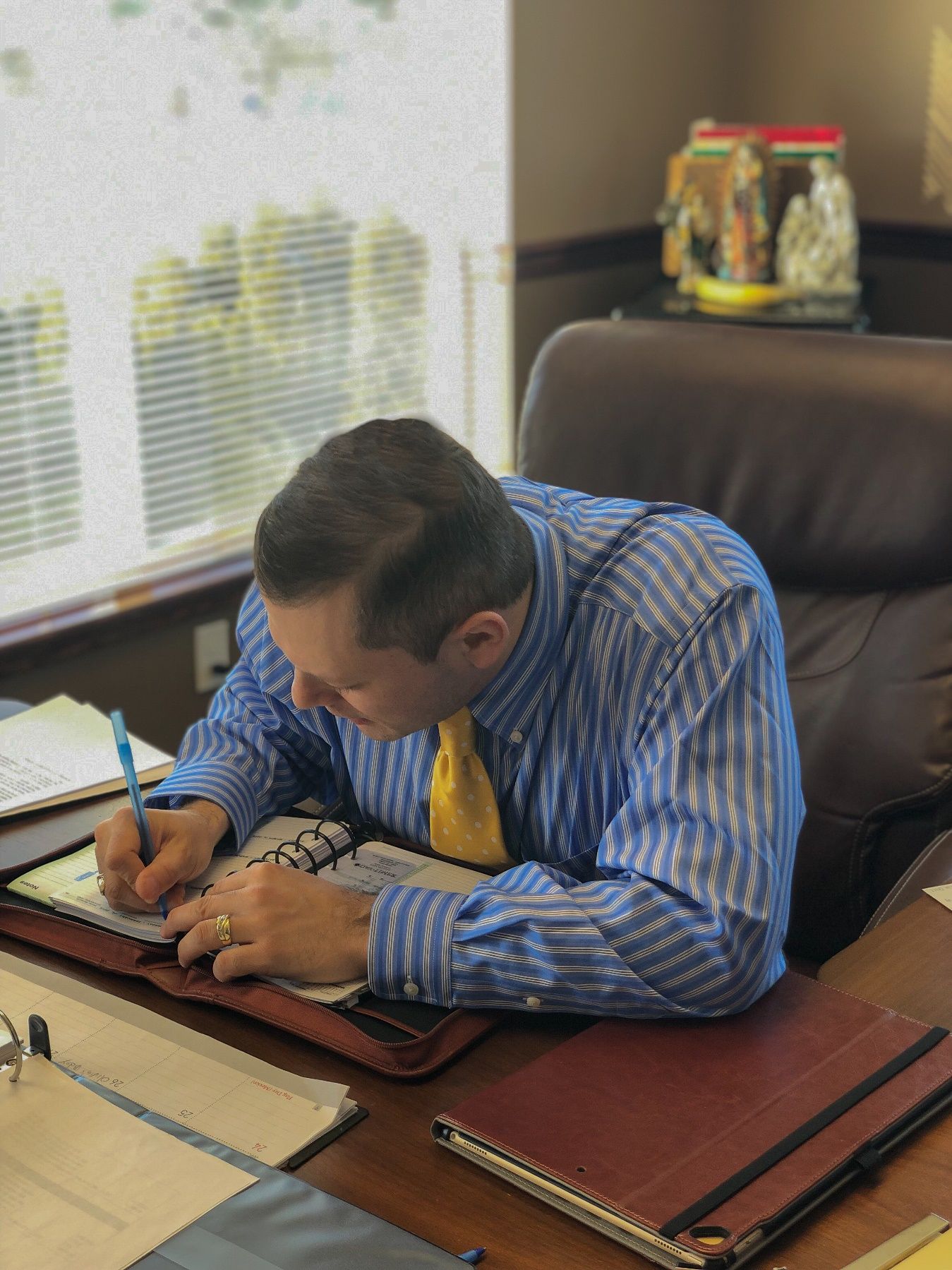Navigating Inflation: Understanding and Coping with the Post-Pandemic Economic Crisis in the United States

The COVID-19 pandemic not only shook global public health but also triggered a series of economic events, including significant inflation in the United States. This article examines the impacts of this economic crisis, compares the data with pre-pandemic periods, and offers practical advice for coping with these challenging times.
The Pre-Pandemic Landscape
Before the pandemic, the United States enjoyed a relatively stable economy. According to the Bureau of Economic Analysis, GDP grew by 2.3% in 2019, reflecting sustained economic expansion. Inflation, measured by the Consumer Price Index (CPI), remained around 2%, in line with the Federal Reserve’s targets.
The Pandemic’s Impact
The arrival of COVID-19 in 2020 drastically altered this landscape. Lockdown measures and supply chain disruptions caused an initial drop in economic activity. The U.S. GDP contracted by 3.5% in 2020, the biggest drop since World War II, according to the BEA. However, unprecedented fiscal and monetary stimulus helped prevent a deeper crisis.
The Reality of Inflation
As the economy began to recover in 2021, the side effects of economic stimulus and supply chain disruptions led to an increase in inflation. The CPI recorded an annual increase of 7% in December 2021, the highest since 1982. This rise in the cost of living has impacted millions of Americans, especially in sectors like food, housing, and transportation.
Comparing with the Past
The current inflation rate sharply contrasts with the pre-pandemic era. In 2019, inflation was controlled, but in 2021 and 2022, the cumulative effects of the pandemic, along with other global factors such as political instability and international conflicts, have exacerbated the situation.
Tips for Managing Inflation
Personal Budget Review: It’s crucial to reevaluate spending. Prioritize needs over wants and look for ways to reduce non-essential expenses.
Smart Investing: Diversifying investments can help protect against inflation. Considering assets like real estate or certain stocks can be an effective strategy.
Energy Savings: With rising energy prices, adopting energy-saving practices at home can significantly reduce costs.
Smart Shopping: Taking advantage of offers, buying in bulk, and choosing less-known brands can help stretch the food budget.
Financial Education: Understanding the fundamentals of the economy and inflation can help make more informed financial decisions.
The Role of Government and Financial Institutions
The government and the Federal Reserve are taking steps to control inflation. This includes adjusting interest rates and monetary policies to stabilize the economy. However, these measures may take time to have an effect.
Inflation and the post-pandemic economic crisis present significant challenges, but with adequate strategies and a clear understanding of the situation, individuals and families can navigate these uncertain times. It is crucial to stay informed, adapt to changes, and seek advice when necessary.
